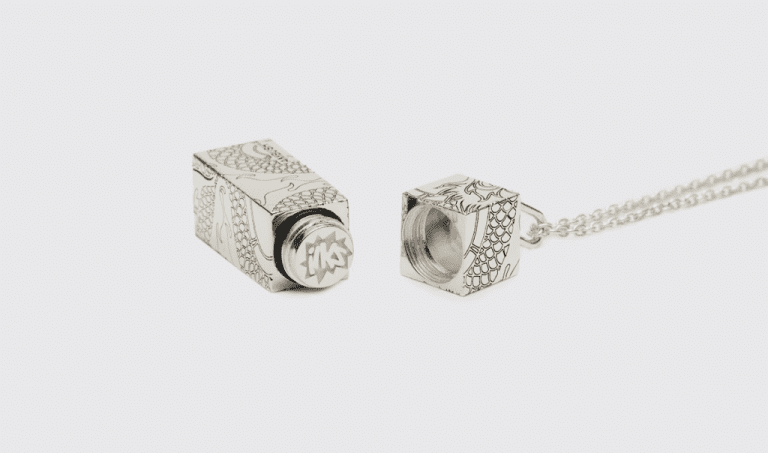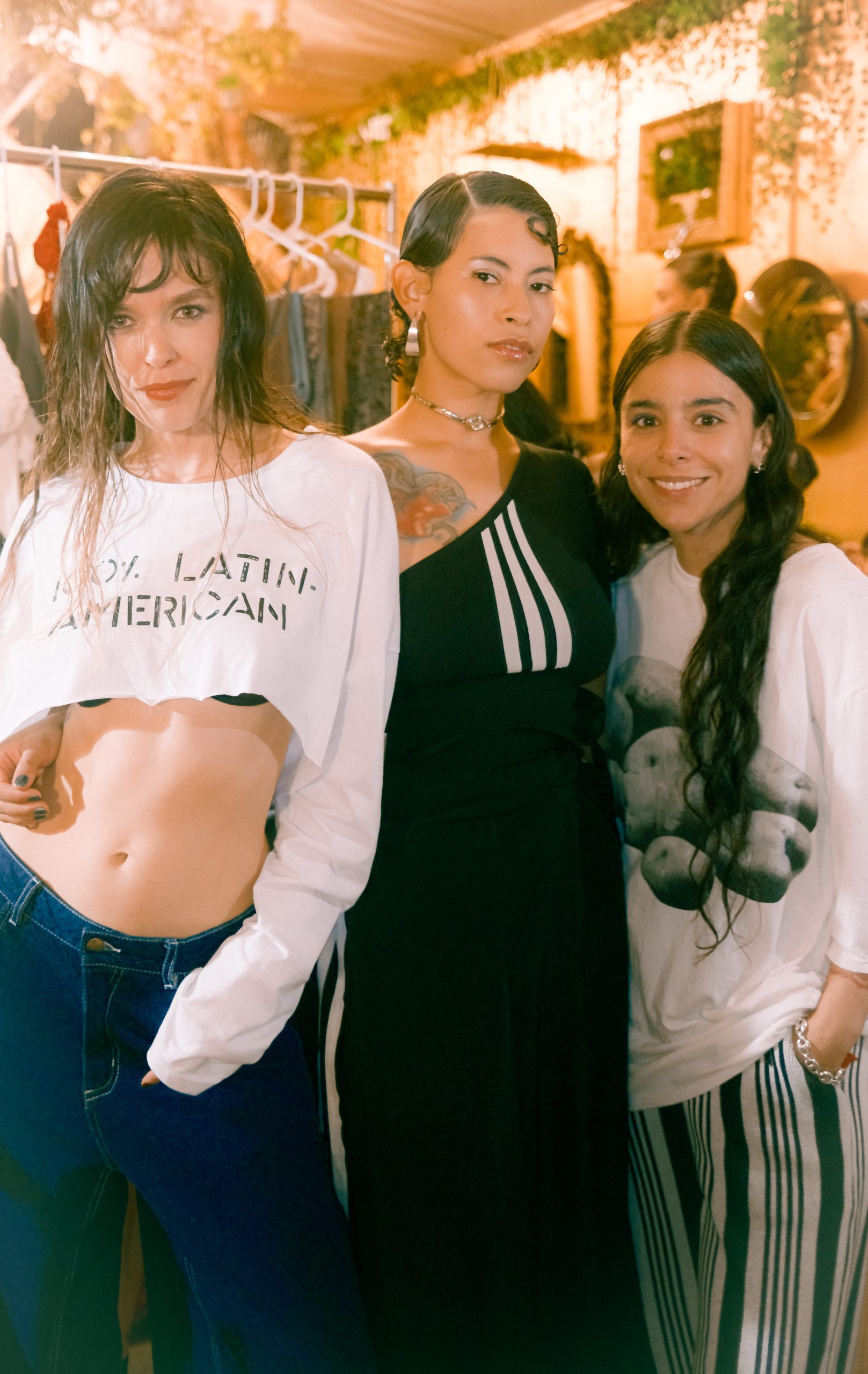Typically, whenever your favourite song is played on the radio, the artist will receive some sort of compensation. It may only be decimals of a penny, tiny fractions that only amount to something significant once they hit upwards of 100,000 streams, yet, all the same, they get compensated. Their work is aptly recognised for years to come. For visual artists and fashion creatives, this idea of reward from the secondary market was particularly attractive when venturing into the Web 3 NFT workspace. Here, there was the incentive of a creator-led world free from big money guzzling corporations that have previously stifled the resale of art and design. Profit wise, the idea was, that with each secondary NFT sale, creators would receive royalties, and as such they would always be credited and adequately compensated for their work, year upon year, sale upon sale. And presumably, in a world structured around fixed blockchain technology, the royalties here would be more definitive, and less impacted by external interference, no?
NFTs have charged the fashion world in a variety of ways. One seemingly popular way of incorporating digital assets within a brands´ collection, is to sell pieces that have a corresponding NFT counterpart, that can only be accessed when in possession of the physical product. In regard to royalties, theoretically, in this new fashion universe, every time the NFT is resold (alongside its physical counterpart), the creator must earn certain royalties. Creators can set and dictate a royalty in a smart contract when minting an NFT, and thus it is plausible to expect consistent income. This fixed royalty, as a percentage of the resale price, can be perpetual and ceaseless, and thus the designer who created it will forever be credited for their piece.
It therefore becomes glaringly obvious why so many of the big fashion houses are developing these tokens alongside their physical collections, the monetary incentive is radical. Whilst a last season Dior handbag may see a peak in value when it enters the territory of becoming ‘vintage’, or when an unpredictable new fad renders it ‘of the moment’, more typically, physical fashion items decline in value as they are resold on different platforms. Moreover, Dior will never be credited or compensated for this fluctuation in resale price; if a 5 grand piece is suddenly resold for 8 grand – due to unpredictable and uncontrollable consumer oriented changes in style, trend and want – Dior will never reap the benefits.
Of course, Dior, ascertained as one of the richest fashion brands, arguably doesn’t need these additional percentages paid into their bursting bank account. Comparatively, independent designers and creatives certainly do. In a bid to re-envision the fashion industry sustainably, surely promoting a culture of fair resale – where creators, buyers, and platforms alike all adequately benefit – is of a high priority. The problem that the industry seems to have stumbled upon, however, is that there is currently not enough legislation to mark trademark, copyright, and ownership as there is in the physical world. Being such a young and developing market, the NFT world has flourished without any concrete litigation. There are gaping loopholes in enforcing royalties ‘on-chain’. NFT ‘wrapping’ is a term used to describe how transfers can avoid guidelines that stipulate royalties. Through ‘wrapping’, the original smart contract of the NFT can be neglected. Royalties are therefore not yet fixed under a strong immovable law, in most circumstances, they are thus left up to marketplaces. In many cases, platforms have flexibility in choosing to pay out the royalties, or are deciding to leave the decision to follow through with royalty payments with the buyer.
This idea of ‘elected royalties’ simply won’t allow the creator-led world to develop in the way it was expected. The fair compensation of designers is left in the hand of impressionable individuals with ulterior motives for personal gain and wealth. Moreover, the actualization of royalties being left in the hands of marketplaces, means that most of the time royalty payments cannot be upheld and fulfilled when NFTs are transferred and traded across different platforms. Whilst nowadays, we can hope we have developed a more conscious consumer, ultimately, money is still money. We would be kidding ourselves to think that big businesses have a new-found morality when it comes to profit margins; the economy is temperamental, and inflation is apparent, so the realisation of ‘optional payments’ is unlikely. The bottom line is that if royalties are discretionary, they are likely non-existent.
Marketplaces have a big incentive to ditch the idea of creator royalties, as it means that buyers and sellers can see bigger profit margins, and thus trading through their site becomes more attractive (and frequent). Scrapping sanctioned royalties gives these companies a more competitive standing in the NFT marketplace landscape. Of course, these debates are loud on the likes of twitter and other digital forums, and there is a strong moral argument that denying creator royalties goes against the whole ethos of Web3. But yet again, money is money, and everybody seems to be crunched.
In this industry, like many others, there are chain effects. If one fails to comply, this will influence others to do the same, due to the competitive nature of this space, and the unavoidable attractiveness of the rewards they could reap. The NFT world can only function as a ‘creator-led world’ if all platforms are committed to upholding the fair treatment and compensation of creators. Poignantly, and perhaps scarily, like so many of the problems in the fashion world, real fruitful change can only be brought about by communal and collective work for a common incentive. If the voices in fashion, and fashion NFTS, intend to develop a plentiful and fair industry that both encourages, motivates and nurtures true creators, then ultimately mutual and unified ideals need to be established and upheld.




